Even Toilets Can Read Images Now — Giants Sell Them, Would You Dare to Sit?
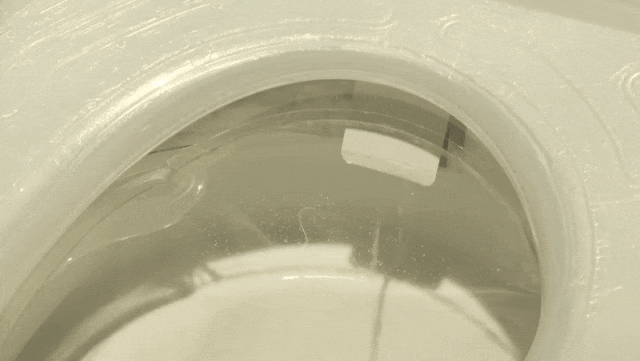
AI Meets the Bathroom: Turning Waste into Health Data
Poop, pee, and urine are valuable data — bathroom giants are now putting AI into toilets, betting on “passive, zero-interaction” health monitoring.
It’s often said that when Japanese buyers purchase property in Hong Kong, there’s an invisible must-have: a TOTO smart toilet.
With heated seats, gentle cleansing, and ambient sounds to mask noise, TOTO has elevated a basic daily act into a refined lifestyle ritual.

Now, this sense of sophistication is shifting into high-tech territory — thanks to AI-powered waste analysis.
---
Kohler’s Dekoda: AI Vision Inside Your Toilet
Imagine sitting down, and a discreet in-bowl camera switches on, recording your morning business.
Within seconds, algorithms analyze stool and urine, sending results straight to your phone.
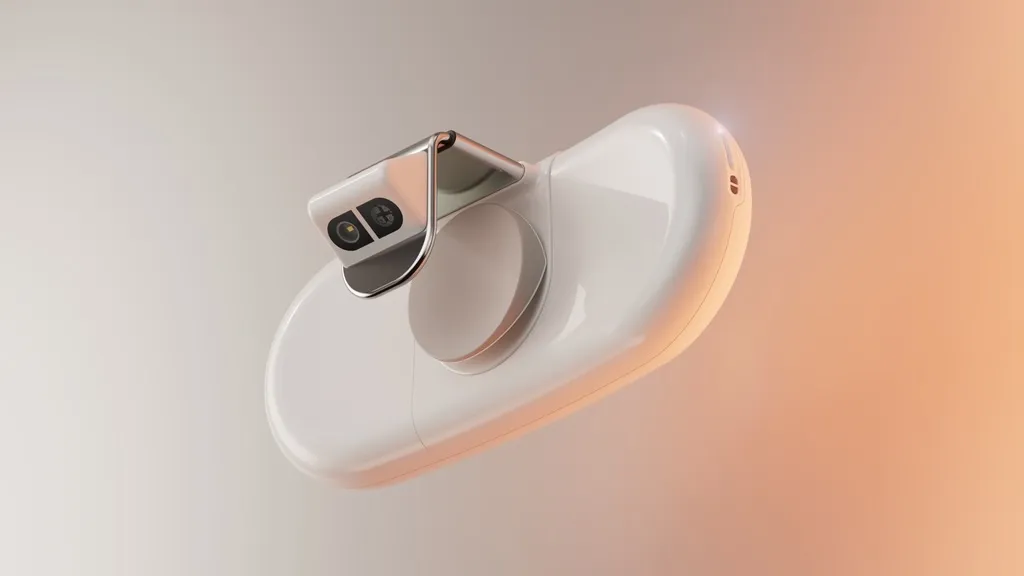
Dekoda Key Highlights:
- Price: USD $599 (plus subscription)
- AI visual analysis of stool and urine
- Alerts for suspicious bleeding, hydration levels
- Recognition of constipation, diarrhea, inflammation, or potential IBS
- Fingerprint sensor for multi-user identification
- Battery or USB power support
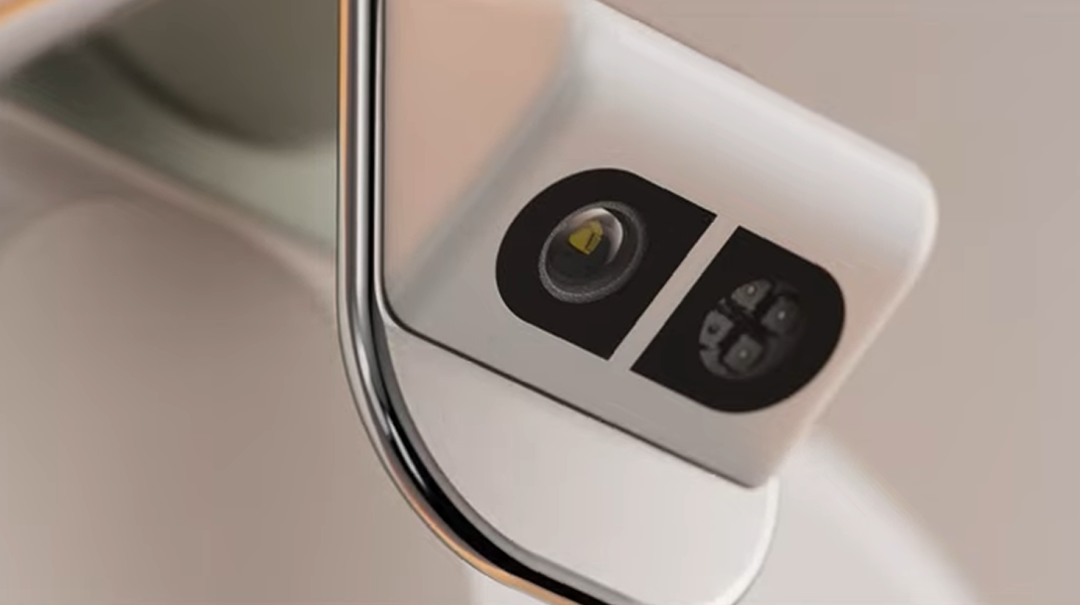
Dekoda promises low-friction health monitoring:
- No manual inputs
- Objective, frequent sampling of real-world data
- End-to-end encryption and downward-facing camera for privacy
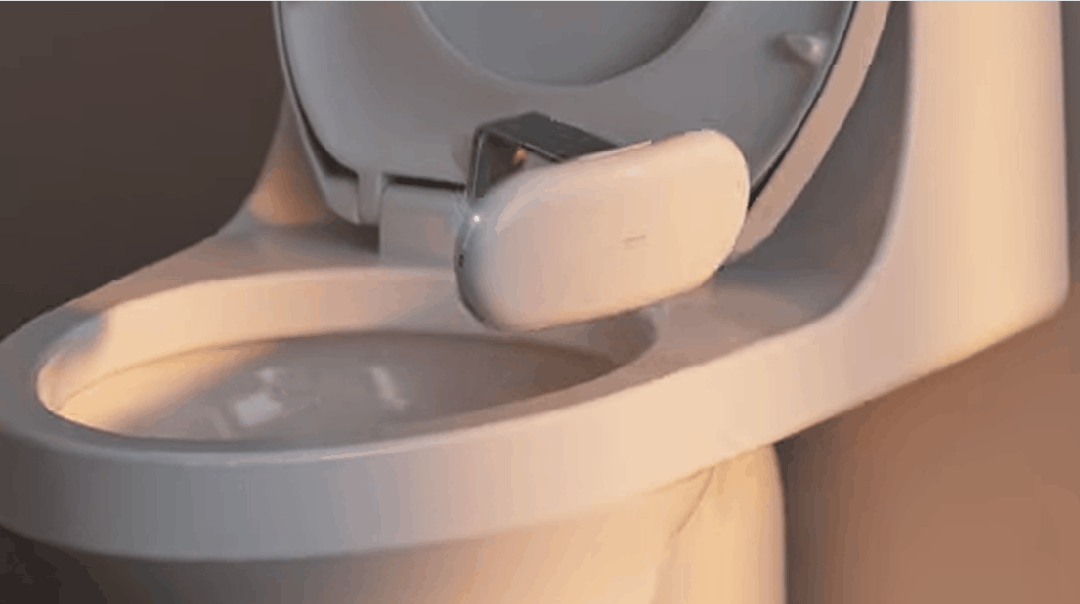
---
Throne: Startup Competition in the AI Toilet Space
Austin-based Throne is another player, backed by a $4M seed round (including cyclist Lance Armstrong).
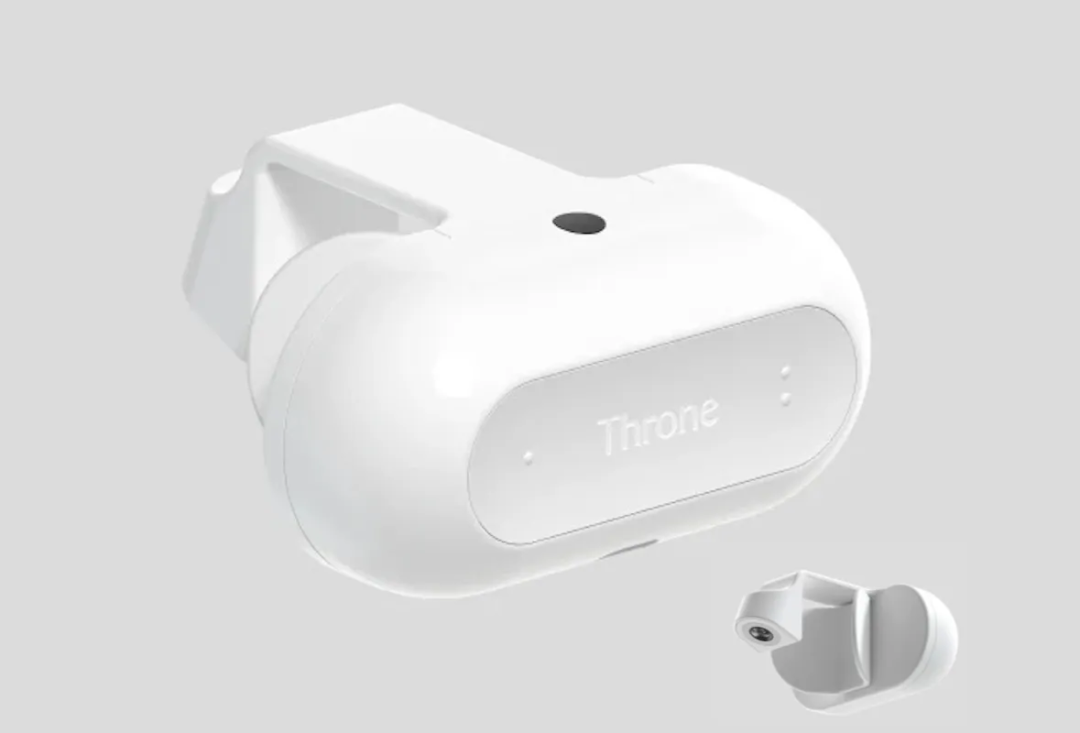
Throne Highlights:
- Downward-facing camera capturing only waste
- Analysis of shape, color, flow speed, moisture
- Proprietary Artificial Gut Intelligence algorithm
- Pre-mass-production stage; first launch planned for January 2026
---
Pioneering Research: Sam Gambhir’s Smart Toilet
Over a decade ago, Stanford professor Sanjiv “Sam” Gambhir envisioned a toilet with user identification via anal recognition.
The prototype:
- Captured video for urodynamic parameters: flow rate, voiding time, total volume
- Integrated dual high-speed cameras for standing urination
- Urine test strip module to detect infections, cancer, or kidney failure risk
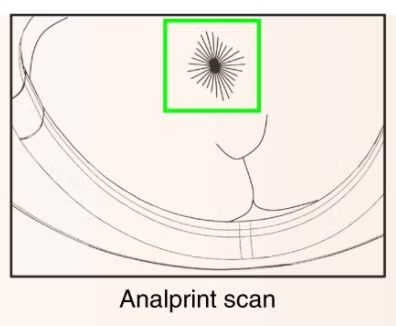
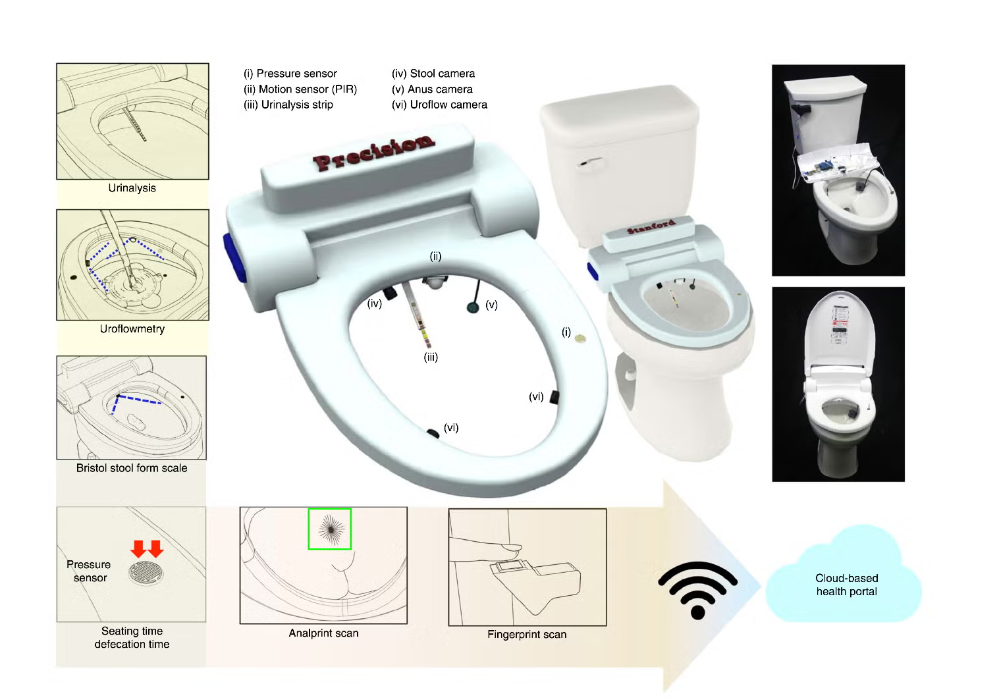
---
The Prototype Monitoring Process
- Anal scan for identity verification
- Pressure sensors track sitting duration and bowel timing
- Urine stream width/force measurement
- Color detection for healthy volume ranges
- Fingerprint sensor as backup identity method
- Data sent to cloud-based health portal
---
Waste as a Health Goldmine
The human gut hosts 100 trillion bacteria, outnumbering our own cells.
They:
- Aid digestion
- Regulate immunity and metabolism
- Influence mood and cognition
- Produce metabolites — chemical messengers connected to health
Waste biomarkers like calprotectin, lactoferrin, and SCFAs reveal inflammation, recurrence risk, and treatment response — vital for chronic GI conditions like Crohn’s disease and IBS.
---
Industry Positioning
Smart toilet makers focus on:
- Early detection, not replacement of medical diagnosis
- Target users: elderly, and patients with chronic digestive disorders
---
Your Toilet: A Passive Health Monitoring Portal
Going to the toilet is non-negotiable — unlike wearables, it’s a guaranteed interaction point.
Benefits:
- Passive data collection
- Continuous monitoring
- No behavioral changes required
Challenges:
- Privacy concerns
- Trust barriers in ultra-private contexts
---
Privacy Approaches
- Throne: Only bowl images, algorithm deletes irrelevant frames, no PII stored
- TOTO: No cameras; optical LED scanner measures shape, color, and volume without capturing people or external objects
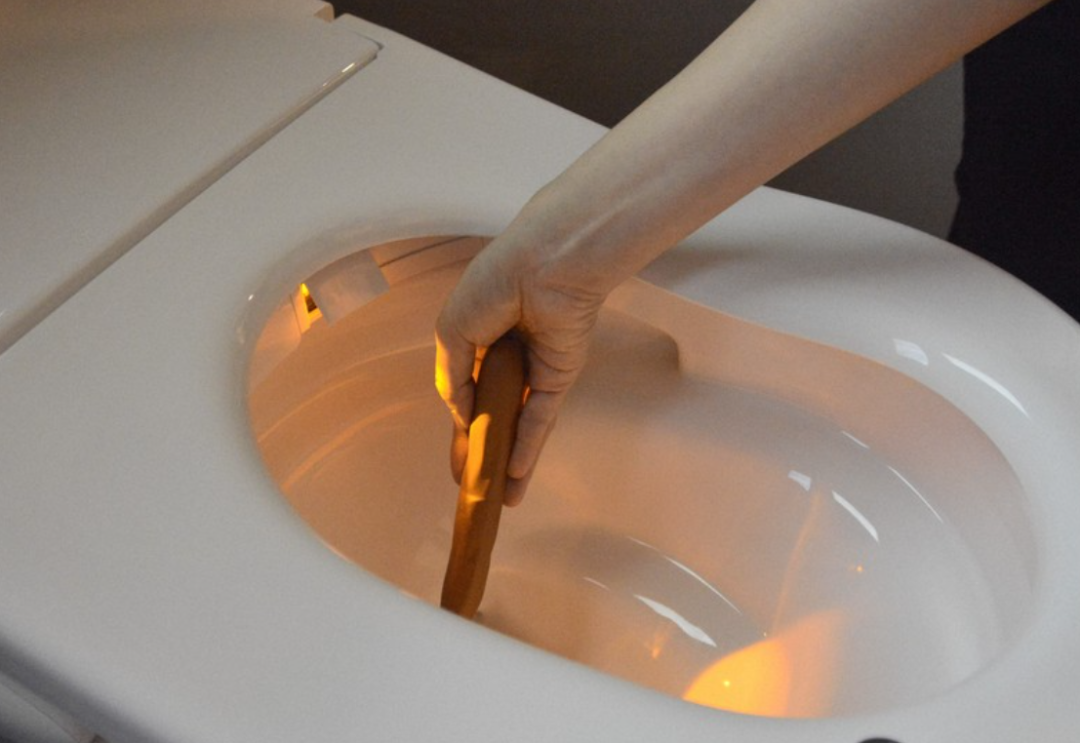
---
From Lab to Consumer: Key Hurdles
Duke University’s Smart Toilet Lab achieved:
- 94% accuracy in abnormal stool identification
- 81% sensitivity, 95% specificity
Real-world challenges:
- Variable lighting, dirty lenses
- Different toilet designs
- Avoiding false positives/negatives
- Multi-user data handling
---
Business Models Emerging
Kohler Dekoda:
- Device: $599
- Subscription: $70–$156/year
Throne:
- Device: $499 (early bird $299)
- Subscription required for analysis
Current stage: “Nice to Have” rather than “Must Have” — due to:
- Price
- Privacy concerns
- Nascent user habits
Future potential: Integration with:
- Telemedicine
- Insurance
- Personalized nutrition
---
The Bigger Picture
Smart toilets represent passive health entry points in the IoT health space.
Platforms like AiToEarn官网 can:
- Help innovators publish health-tech content globally
- Monetize AI-generated educational, marketing, and product materials
- Reach audiences via Douyin, WeChat, Bilibili, Facebook, YouTube, etc.
---
Takeaway
From optical LED scanners to anal recognition — AI toilets are:
- Pushing privacy boundaries
- Unlocking untapped biometrics
- Creating continuous health data streams
Their future success will hinge not on the toilet itself, but on the ecosystem beyond it — linking bathroom data to wider healthcare, lifestyle, and insurance services.
---
Would you like me to create a side-by-side comparison table of Kohler, Throne, and TOTO smart toilets for this article? It would make the features and differences much clearer.



